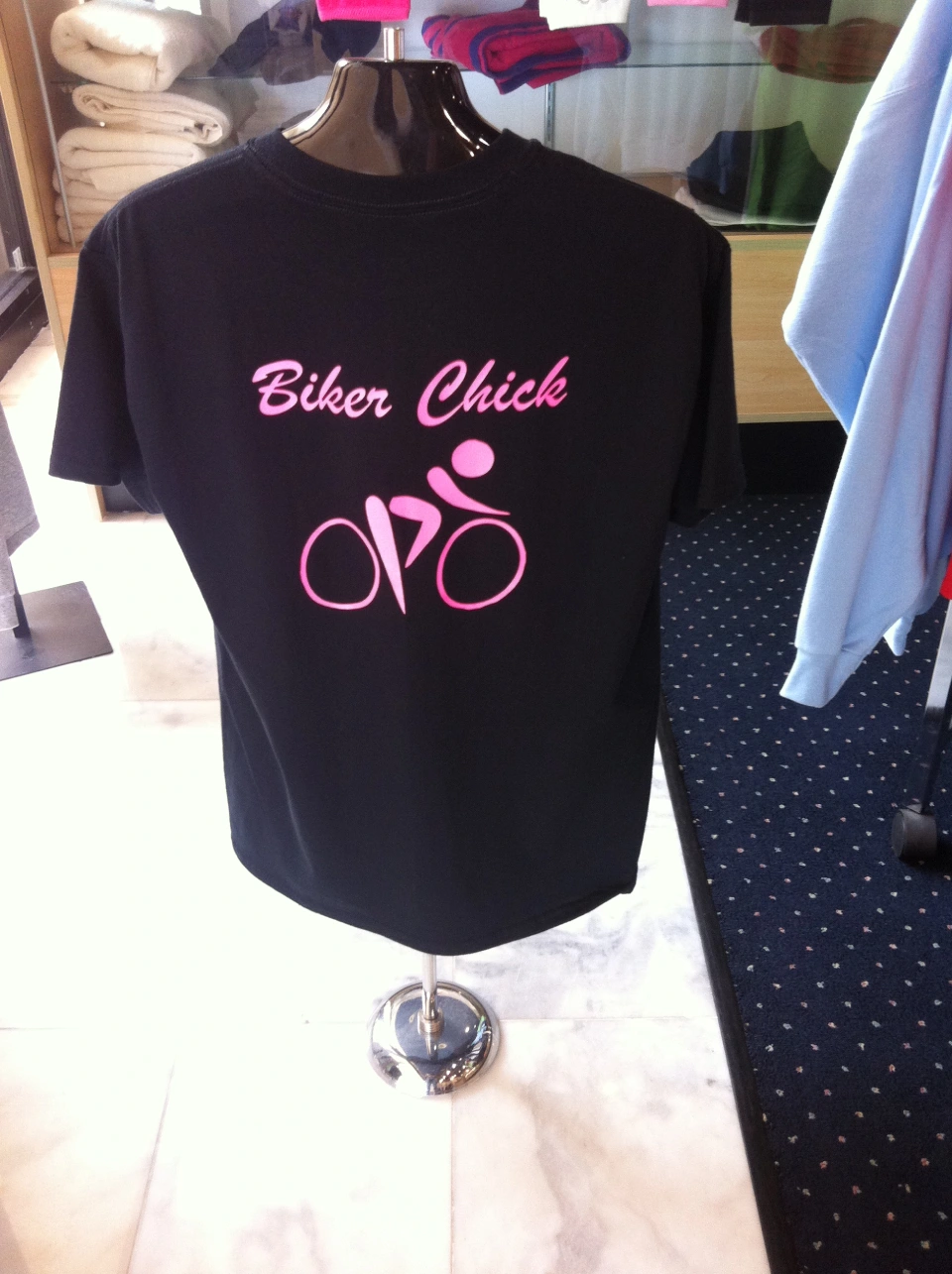Embroidered Sports Teams Names and Numbers - Expert and Resilient
The Art of Customized Embroidery: Unlocking the Tricks to Creating Unique and Memorable Layouts
Needlework, a craft soaked in custom and artistry, holds within its elaborate stitches the power to change textile into a canvas of unique expression. The tricks to developing personalized embroidery designs that mesmerize the eye and leave a long-term impact depend on a fragile equilibrium of strategy, imagination, and focus to information. As we delve right into the world of custom needlework, we discover the nuanced interaction in between string option, stitch complexity, and layout customization that elevates a simple garment to a work of art. Join us on a journey through the art of custom-made needlework as we unravel the secrets behind crafting genuinely remarkable and distinctive developments.
Picking the Right Embroidery Threads
When choosing needlework threads, what key elements should you take into consideration to guarantee the very best results for your custom layouts? The choice of needlework string is critical in identifying the last result of your embroidered design. One of the primary considerations is the product of the string. Different materials such as cotton, polyester, rayon, and silk use differing degrees of shine, durability, and appearance. It is vital to pick a thread material that complements the textile you are embroidering on and straightens with the preferred look of the style.
Moreover, the weight or thickness of the string plays a considerable role in the look of the embroidery. Thicker threads can add dimension and appearance to your design, while finer strings are ideal for detailed information and small message. Additionally, taking into consideration the color fastness and washability of the thread is critical to guarantee that your custom styles keep their top quality and vibrancy in time. By very carefully reviewing these elements and choosing high-quality strings that satisfy your details requirements, you can improve the visual charm and durability of your stitched productions.
Discovering Different Stitch Techniques
To look into the realm of 'Discovering Various Stitch Methods', one must realize the ins and outs and nuances that each stitching approach brings to the art of embroidery. Various stitch methods not only include aesthetic rate of interest however additionally add to the general texture and dimension of the style. One preferred stitch method is the satin stitch, which entails carefully stuffed parallel stitches to develop a smooth and shiny surface, suitable for filling out shapes and producing strong outlines.
On the other hand, the backstitch is a functional method commonly used for describing and adding great information. It involves sewing backwards to create a strong line of embroidery. Furthermore, the French knot stitch includes a tactile aspect to layouts, ideal for creating distinctive accents like flower centers or decorative touches.
Discovering different stitch methods allows embroiderers to have fun with light, darkness, and depth within their designs, boosting the aesthetic charm and artistic high quality of their embroidery projects. By mastering various stitching methods, one can unlock endless possibilities for developing distinct and remarkable customized embroidery items.
Incorporating Personalized Layout Components
Having actually explored the complexities of different stitch methods such as the satin stitch, backstitch, and French knot, the focus currently shifts in the direction of integrating customized style elements in custom-made embroidery jobs. Individualized design aspects play a crucial duty in making needlework projects genuinely special and remarkable. One method to include personalization is by adding initials, names, or significant dates to the layout. This not just adds an individualized touch yet likewise enhances the nostalgic worth of the needlework piece.
Another way to incorporate tailored style components is by including symbols or themes that hold unique definition to the recipient or mirror their rate of interests and character. For example, including a favorite flower, animal, or hobby-related icon can make the needlework design extra purposeful and tailored. Furthermore, choosing shades that resonate with the recipient or align with the intended theme can even more improve the personalization of the embroidery task.
Grasping the Art of Color Sychronisation
One secret facet of shade sychronisation is understanding site color theory. This includes knowing exactly how various shades engage with each various other, the feelings they convey, and exactly how they can be incorporated to develop aesthetically enticing layouts. By applying shade concept principles, embroiderers can develop unified color palettes that improve the general look of the design.
Furthermore, taking notice of comparison is critical in color control. Making use of contrasting shades can assist particular aspects of the layout pop, improve clarity, and develop an aesthetically vibrant needlework item. By mastering the art of color coordination, embroiderers can boost their styles and develop unforgettable pieces that resonate with customers and viewers alike.
Enhancing Structure With Advanced Needlework Stitches

French knots, as an example, are excellent for adding little, raised dots to your layout, imitating the appearance of grains or developing a distinctive surface. Bullion knots, on the various other hand, can be used to produce twisted, ropelike aspects that add an extravagant feeling to the embroidery. Seed sewing involves little, scattered stitches that can fill in locations with a speckled appearance, while turkey work creates fluffy, dimensional accents evocative pet fur or foliage. Trying out these advanced embroidery stitches permits you to push the borders of standard needlework and develop genuinely unique and visually appealing structures in your layouts.
Final Thought
Finally, the art of customized embroidery involves a combination of selecting the right threads, exploring numerous stitch methods, incorporating personalized layout aspects, understanding color sychronisation, and boosting texture with innovative stitches. By comprehending and executing these key components, embroiderers can develop unique and unforgettable styles that have a peek at this site showcase their creativity and ability. Needlework enthusiasts can open the tricks to developing beautiful and bespoke items that stick out and leave a long lasting impact.